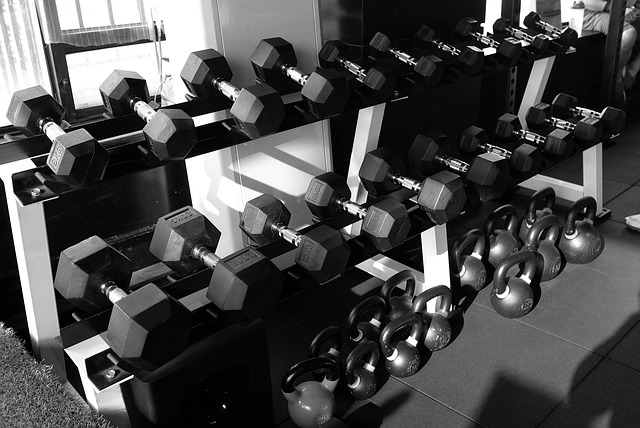In the fast-paced world of fitness training, especially in cardio workouts, it’s easy to get caught up in the relentless pursuit of progress. We push ourselves to run that extra mile, improve our speed, or burn those additional calories. However, amidst this hustle, we often overlook an essential aspect of any effective training regimen: the need to take a break.
Breaks are not just a luxury; they are a vital component of a successful fitness journey. Whether you’re jogging on the treadmill, cycling through a scenic route, or engaging in a high-intensity interval training session, allowing yourself time to recover can significantly enhance your overall performance and wellbeing.
The Role of Recovery in Fitness
Health is not merely about getting your heart rate up or sweating profusely during an intense cardio session. It’s also about how well your body can recover afterward. When we take breaks, we give our muscles time to heal and our cardiovascular system to stabilize. This period of rest is crucial for preventing injuries and ensuring longevity in your fitness routine.
Improving Performance Through Rest
Another compelling reason to take a break is to boost your performance. Studies have shown that incorporating rest days into your training plan can lead to better results. When you’re constantly pushing your limits without allowing adequate recovery, your body can become fatigued, leading to diminishing returns. By strategically scheduling breaks, you allow your muscles to rebuild and become stronger, enhancing your endurance and speed for future workouts.
Boosting Mental Health
Physical activity is known to improve mental health, but it can also become overwhelming without proper breaks. Engaging in cardio every day without self-care can lead to burnout, diminishing the joy and motivation behind your workouts. By taking time off, not only do you allow your body to recover, but you also give your mind a chance to recharge as well. This mental reset can reignite your passion for fitness and keep you aligned with your health goals.
Active Recovery: A Different Approach
Taking breaks doesn’t necessarily mean doing nothing. Engaging in active recovery—light activities such as walking, yoga, or gentle cycling—can keep your body moving without the intensity of your usual cardio workout. This helps maintain your fitness level while promoting recovery. It’s a reminder that rest doesn’t equate to inactivity; it can be an integral part of a well-rounded fitness strategy.
Incorporating timely breaks into your cardio training can transform your approach to fitness, helping you achieve better health, enhanced performance, and greater satisfaction in your workouts. Remember, it’s not just about how hard you push; it’s also about how effectively you allow yourself to recover. So, the next time you feel the urge to skip your rest day, remind yourself that taking a break is just as important as the training itself. Listen to your body and let it guide your journey to becoming your healthiest self.



